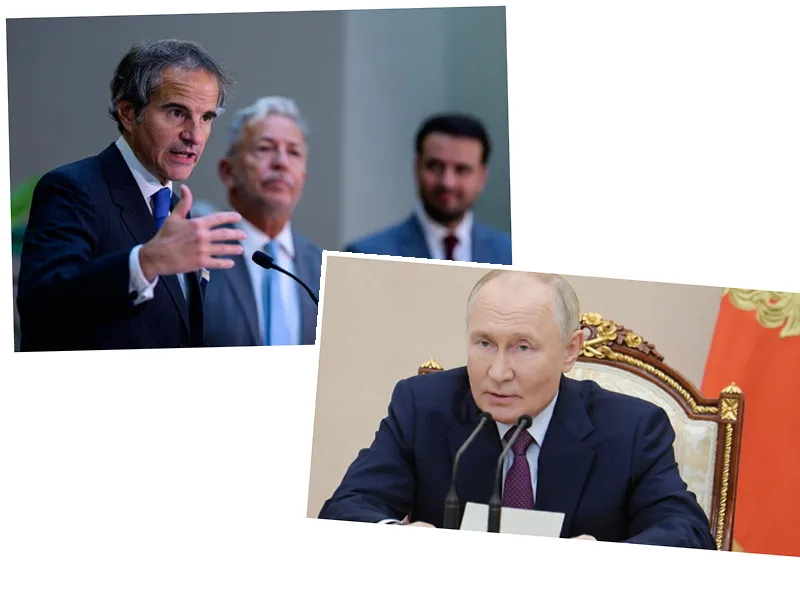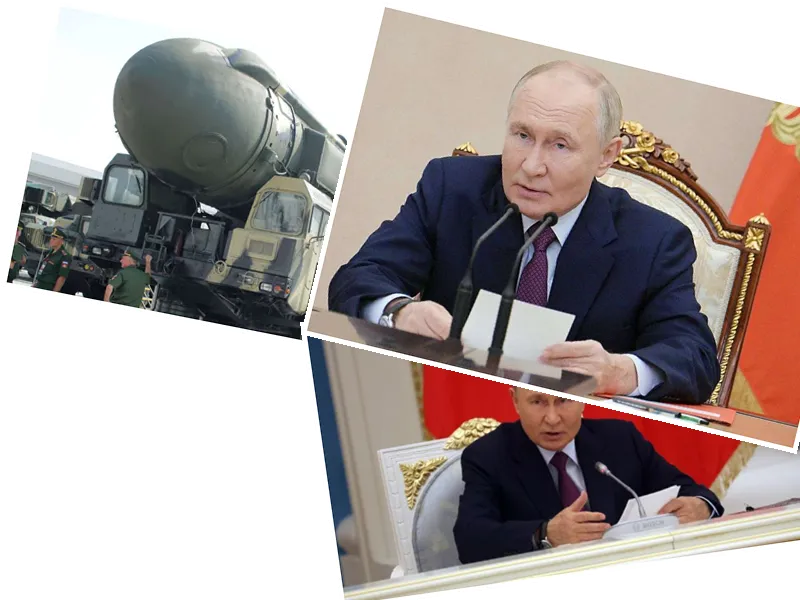The Dire Consequences of a Potential US-Russia Nuclear War
A recent report by the Russian website "News Re" highlights the catastrophic effects of a possible nuclear conflict between the United States and Russia. According to the findings, a nuclear war could result in the incineration of 99% of the population across the US, Europe, Russia, and China. The report underscores the urgency of the situation as both nations continue to develop their nuclear arsenals amidst rising tensions, particularly following Russia's military actions in Ukraine.
The report references a model created by the Future of Life Institute, which illustrates how a nuclear exchange could unfold. It suggests that the US might initiate an attack by launching ballistic missiles from submarines, prompting a rapid retaliatory strike from Russia within minutes. Such a scenario would lead to devastating explosions, incinerating everything in their vicinity and resulting in widespread destruction.
The involvement of NATO allies, including the United Kingdom and France, is also a critical factor, as they are bound by treaty obligations to support the US in the event of an attack. The aftermath of such nuclear detonations would not only devastate immediate areas but also contribute to a nuclear winter, where the release of black carbon would block sunlight, drastically reducing temperatures and making agriculture nearly impossible.
Experts warn that if such a conflict were to occur, the resulting environmental changes could lead to the deaths of over 5 billion people, forcing humanity to seek refuge underground to survive. Igor Nikulin, a military expert and former UN Disarmament Commission member, notes that many governments and individuals are already investing in underground shelters stocked with essential supplies.
US and Russia Ramp Up Nuclear Preparedness
In light of these alarming predictions, the US Department of Defense is taking proactive measures. It has commissioned an update to the AgriShock computer program, which evaluates the impact of nuclear weapons on agriculture, extending its capabilities to Eastern Europe and western Russia. This initiative, costing approximately $34 million, reflects the growing apprehension surrounding nuclear conflict.
President Joe Biden has also announced plans to revise the US nuclear strategy, which includes expanding the nuclear arsenal to deter threats from Russia, China, and North Korea. Enhancements to the US nuclear capabilities are in progress, focusing on key systems such as the B-21 bomber, the Sentinel ballistic missile, and the Columbia nuclear submarine.
On the Russian side, President Vladimir Putin has declared the country’s readiness for nuclear warfare, and officials are reviewing Russia's nuclear capabilities to ensure national security. Experts suggest that this modernization is a necessary response to evolving global dynamics, although the likelihood of actual nuclear engagement remains uncertain due to mutual fears of escalation between Western powers and Russia.






